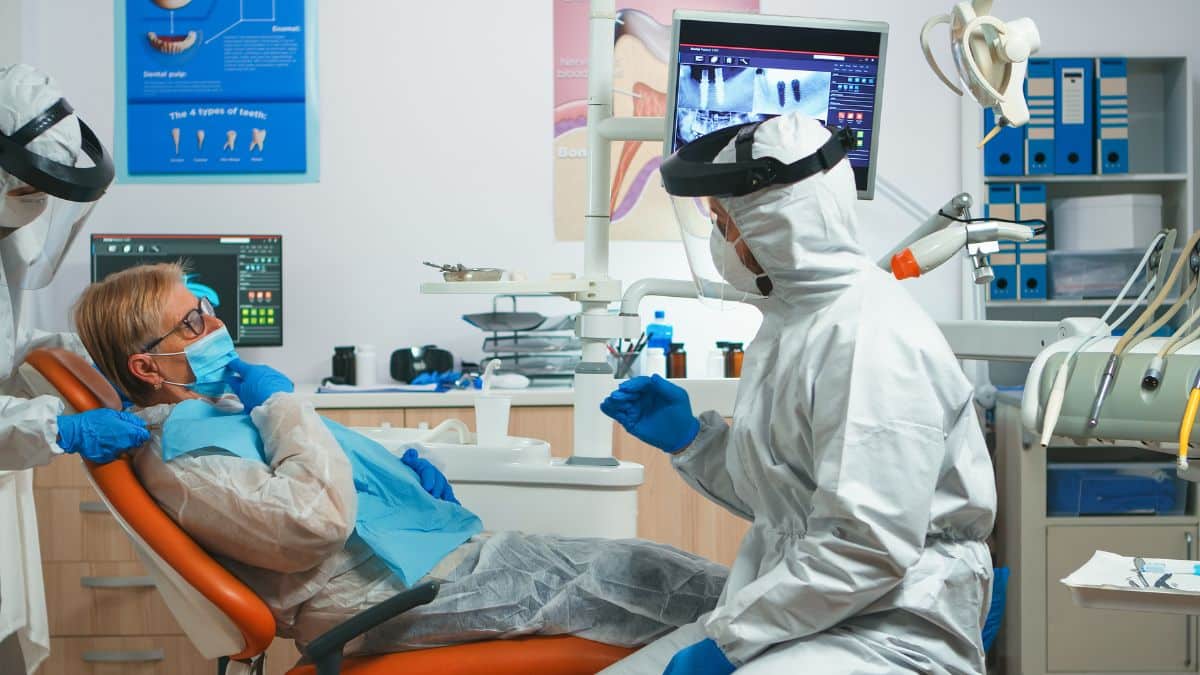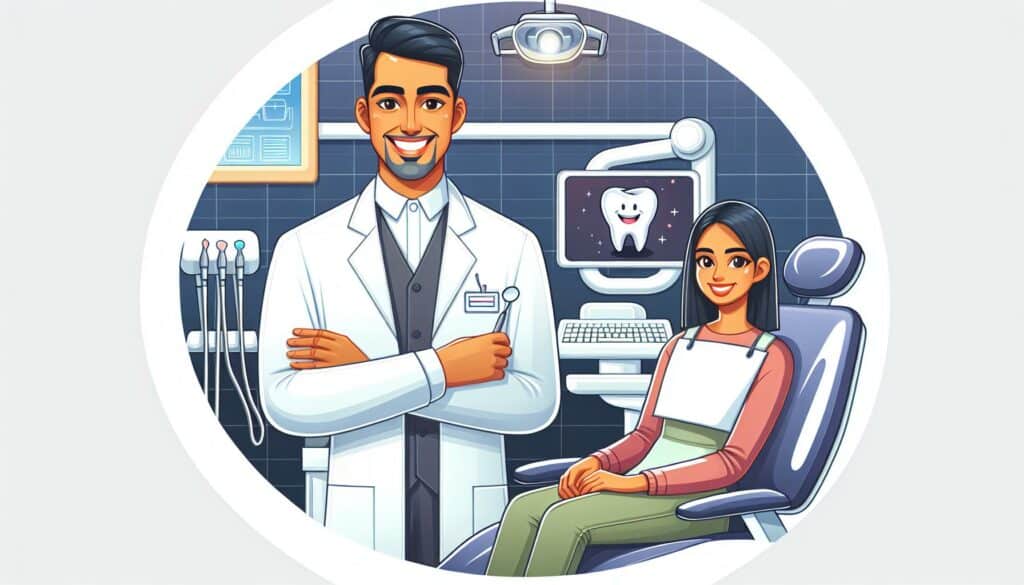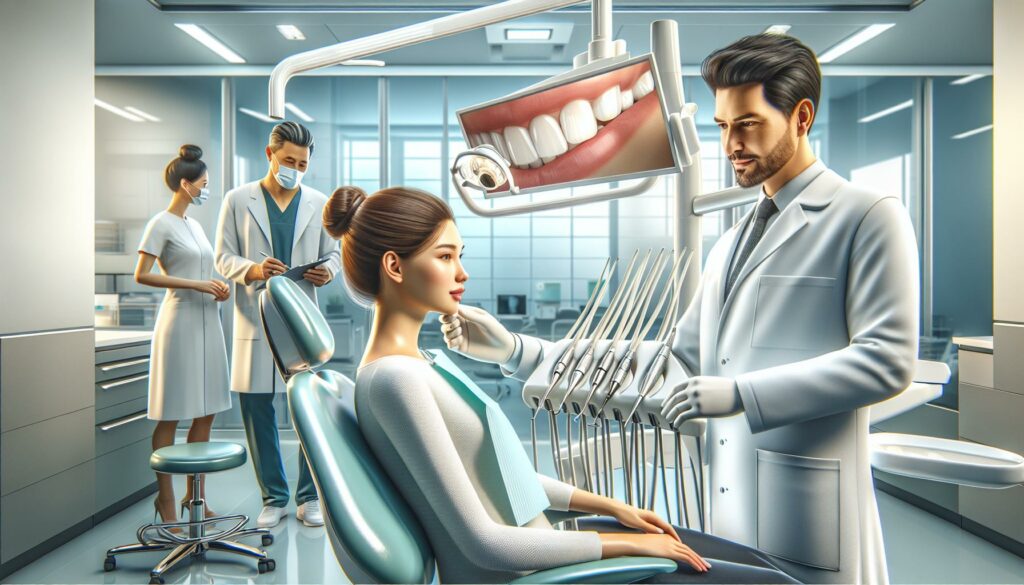When it comes to our health, there’s nothing more important than making sure we’re doing what’s best for us. That includes regular visits to the dentist. But in these uncertain times, you may be asking yourself: is it safe to go to the dentist? It’s a valid question and one that I’m here to answer with as much information as possible.
Our safety is paramount and dental clinics understand this fact more than anyone else. They’ve always adhered strictly to infection control standards by following practices that ensure their offices are clean and safe for patients. However, in light of recent global events, they have upped their game even further with new protocols designed specifically around patient safety.
The real question then isn’t whether or not dentists’ offices are taking precautions; they undoubtedly are – but rather if those measures can guarantee your protection from any potential risk involved during a dental visit? Let me assure you: while no environment outside your home can be 100% risk-free – yes, including dental offices – there’s still plenty that dentistry professionals do on a daily basis aiming towards making every single appointment as safe as possible.
Understanding the Concern: Is It Safe Dentist?
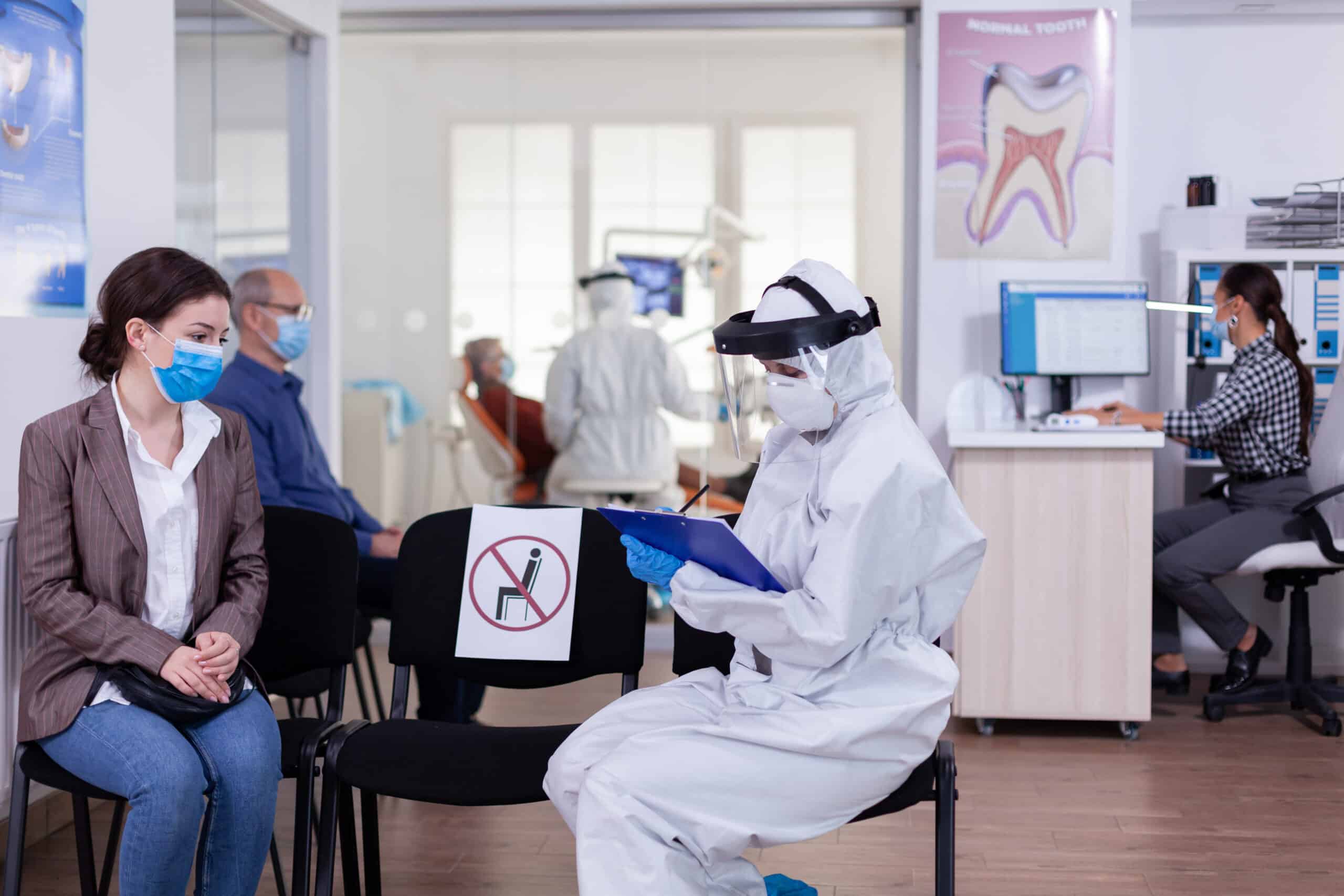
Let’s dive right in. When we’re talking about dental visits, safety is a primary concern for many people. And it’s not just about whether the dentist uses sterilized tools – although that’s definitely important! We also need to consider factors like radiation exposure from X-rays and possible reactions to anesthesia.
Now, I don’t want you to panic when you hear words like “radiation” and “anesthesia”. Yes, there are risks associated with these aspects of dental care but they’re generally quite small. For instance, modern dental X-ray machines emit very low levels of radiation. In fact, you’d get more exposure during a cross-country flight!
And what about anesthesia? Dental procedures often require some form of sedation or numbing agent. While reactions can occur, they’re typically rare and dentists are trained to handle them effectively.
Of course we can’t forget about infection control measures at the dentist office itself! In response to COVID-19 concerns especially:
- Dentists have ramped up their disinfection practices.
- They’ve introduced new protocols such as pre-appointment health screenings.
- Some offices even employ air purifiers or ultraviolet light systems for additional sanitation.
So yes – there may be potential risks involved in visiting your dentist but it doesn’t mean that it isn’t safe overall!
The bottom line here is that professional healthcare providers – including your friendly neighborhood dentists – take patient safety incredibly seriously! So next time when thinking “Is it safe?”, remember all these points I’ve mentioned before panicking over an upcoming appointment!
Evaluating Safety Measures in Dental Practices
I’ve always been intrigued by the intricate measures dental practices put into place to ensure our safety. It’s no secret that a visit to the dentist can be nerve-wracking for some, but understanding these safety protocols can help ease those fears.
First and foremost, let’s talk about infection control. Dentists are well-versed in preventing cross-contamination between patients. From using disposable gloves and masks, changing them between each patient encounter, to sterilizing reusable instruments after every use – it’s all part of their rigorous routine.
What often goes unnoticed is the commitment dentists make towards protecting themselves and their staff from potential hazards. This includes regular vaccination against diseases like Hepatitis B, wearing protective clothing such as aprons or lab coats when dealing with chemicals or bodily fluids – even installing proper ventilation systems in labs where harmful gases could potentially linger.
Another essential aspect is maintaining a clean environment. The waiting area may seem trivial compared to the operation room itself but believe me; it plays an equally vital role! Regular cleaning of surfaces that multiple people touch (think door handles) helps keep infectious diseases at bay.
And then there’s radiation protection for X-rays – a common procedure performed during dental check-ups. Dentists take significant precautions here too: using lead aprons on patients to protect other body parts from exposure; operating X-ray machines only by trained personnel; periodically inspecting these machines for leaks or malfunctions – they leave no stone unturned!
In summary:
- Disposable gloves & masks are changed after each patient
- Reusable instruments are sterilized regularly
- Staff vaccinations & protective gear usage is prevalent
- Frequent cleaning of shared spaces takes place
- Strict radiation protection measures exist
So next time you’re due for your check-up don’t worry – you’re in safe hands!
Dentistry and Hygiene Standards
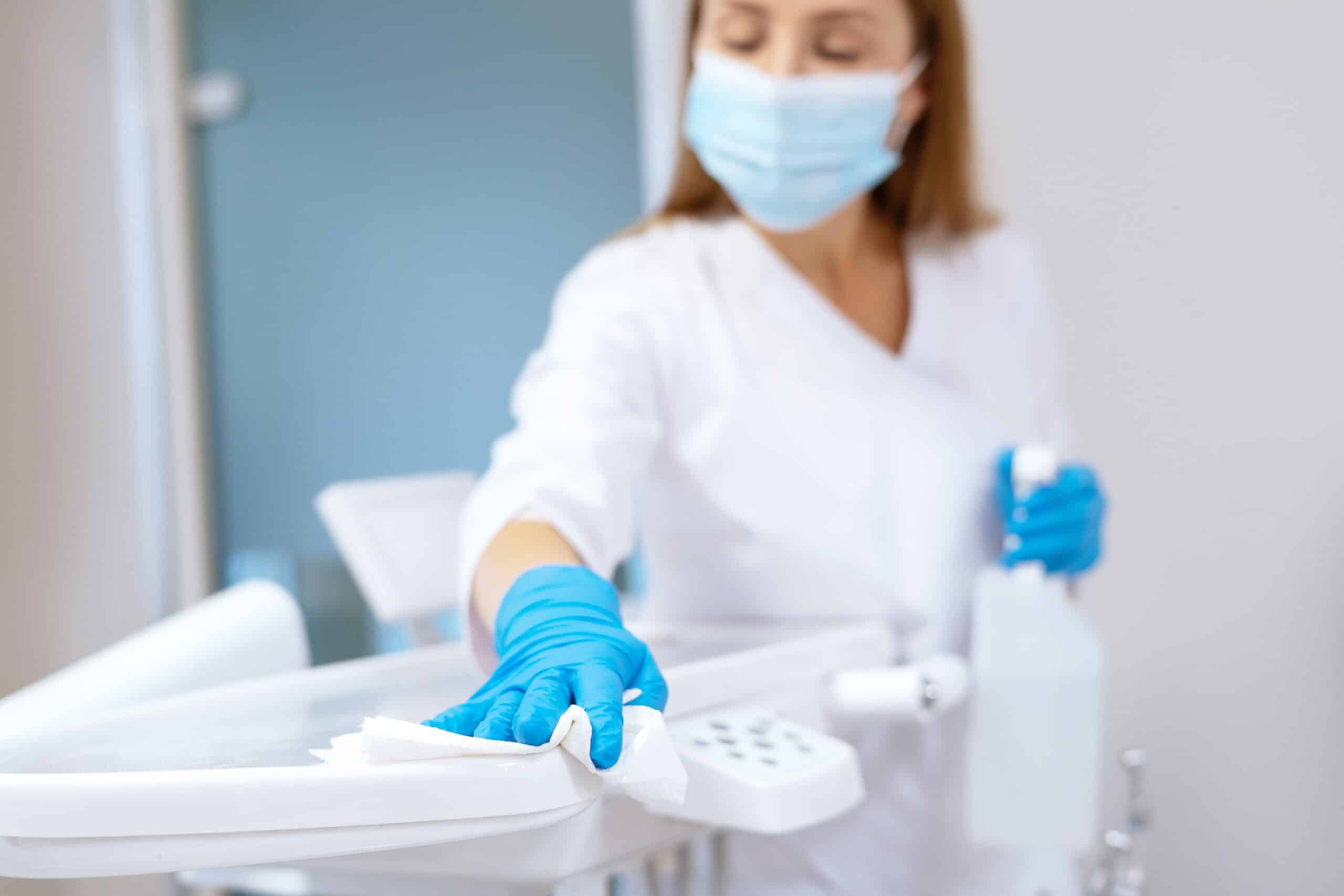
Let’s talk about dentistry and hygiene standards. I’m sure you’re wondering, “Is it safe to visit the dentist?” And the answer is a resounding yes! Dental practices are some of the cleanest places you’ll ever step foot in. But let me explain why.
Firstly, dental professionals are no strangers to infection control. Even before COVID-19 threw cleanliness into sharp focus, they’ve always adhered strictly to high hygiene standards. Every instrument used? Sterilized. The chair you sit on? Disinfected between each patient.
Now consider personal protective equipment (PPE). You’ve seen your dentist wearing gloves and masks – but that’s just part of their armor against germs! Depending on procedures they might also don face shields or gowns; all ensuring that they’re not passing anything harmful onto patients.
To give you an idea of how seriously dentists take hygiene here’s some numbers:
| PPE Used Per Day | Type |
|---|---|
| 10 | Masks |
| 20 | Gloves |
| 5 | Face Shields |
That being said, since the outbreak of COVID-19 most dental practices have further increased their cleaning routines:
- Surfaces frequently touched by staff or patients like doorknobs and reception desks now get extra attention.
- Many clinics also offer hand sanitizers at entrances for everyone’s use.
- They’ve limited waiting room occupancy – keeping social distancing in mind!
On top of this physical cleanliness, there’s another layer – vaccination rates among healthcare workers including dentists remain high with over 90% already fully vaccinated. This adds yet another shield protecting both them and us from potential infections!
So rest easy knowing your next trip to the dentist will be as safe as possible thanks to these stringent hygienic measures taken by professionals who care about our health just as much as we do.
Assessing Risks at a Dental Office
When it comes to dental visits, I often hear the question: “Is it safe?” I can assure you that dentists take patient safety seriously. However, like any medical environment, there are inherent risks. Let’s explore some of these potential hazards and how they’re managed in a typical dental office.
First off, let’s talk about infection control. Dental offices follow strict sterilization procedures for instruments and surfaces alike. This includes autoclaving handpieces (the tool your dentist uses to clean or drill your teeth) between each use and cleaning treatment rooms with hospital-grade disinfectants. These practices help minimize the risk of transmitting infections from one patient to another.
Now onto radiation exposure from X-rays – a common concern among many patients. While X-ray technology does involve radiation exposure, modern dental offices utilize digital radiography which reduces this by as much as 80% compared to traditional film-based systems! To put things into perspective:
| Method | Radiation Exposure |
|---|---|
| Traditional Film-Based Systems | 100% |
| Digital Radiography | 20% |
Next up is injury risk during treatments or procedures – another worry that tends to creep into people’s minds when visiting the dentist office.
- Slips and falls could occur due on wet floors
- There might be accidental nicks during routine cleanings
- A sudden movement may cause an instrument slip
However rest assured knowing that every procedure is carried out meticulously under professional supervision ensuring safety at all times.
Lastly there’s anxiety-induced health problems – yes mental health matters even in dentistry! For those with severe phobias or anxiety disorders related to dental visits causing increased heart rate or blood pressure changes; sedation options are available so do discuss this with your dentist if needed!
So while certain risks exist in any healthcare setting including our very own dentist’s chair; know that stringent measures are in place to minimize these and ensure a safe, comfortable experience for you.
The Role of PPE in Ensuring Dentist Safety
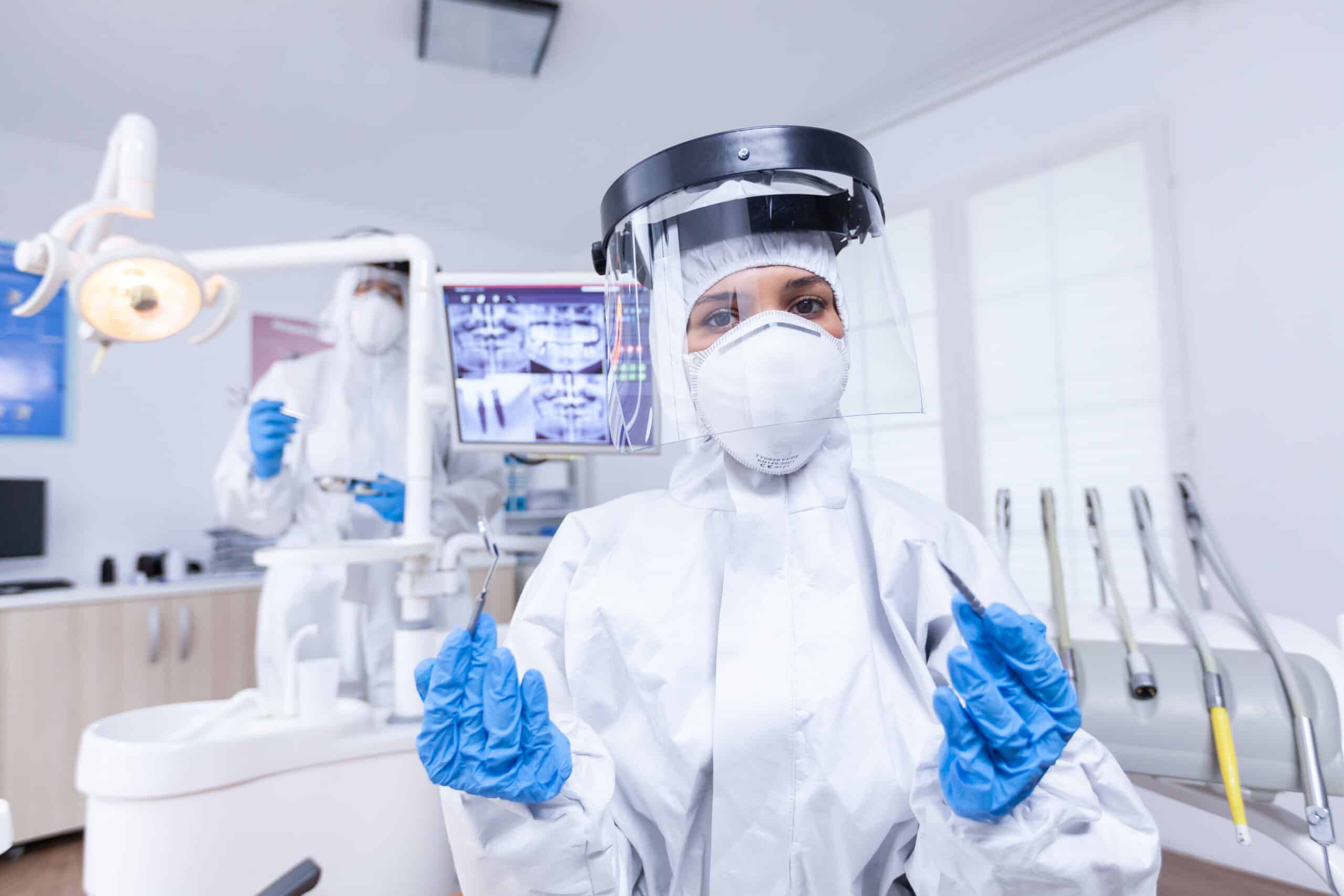
I can’t stress enough the importance of Personal Protective Equipment (PPE) in ensuring dentist safety. In a dental setting, PPE acts as the first line of defense against infections and diseases. This is crucial because dentists are exposed to various biohazards including bacteria, viruses, and other infectious materials daily.
Let’s dive deeper into what exactly comprises PPE for dentists. Typically, it includes gloves, face masks or respirators (N95 masks), protective eyewear or face shields, and gowns or aprons. Each piece plays an integral role in protecting different parts of the body.
- Gloves: They shield hands from exposure to harmful substances and patient’s blood.
- Face Masks/Respirators: These protect the nose and mouth from airborne particles or droplets that may contain disease-causing microbes.
- Protective Eyewear/Face Shields: Eyes are safeguarded from potentially infectious material splashes during procedures.
- Gowns/Aprons: These provide coverage for clothes preventing contamination.
Let me share some compelling data on this topic with you:
| Percentage | |
|---|---|
| Dentists who regularly use gloves | 96% |
| Dentists who regularly use face masks/respirators | 92% |
| Dentists who regularly use protective eyewear/face shields | 88% |
| (Source: American Dental Association Survey Report) |
This shows a majority of dentistry professionals recognize the significance of using PPE routinely.
Nowadays I’ve noticed many dental offices going one step further by implementing additional precautions like temperature checks at entrances, social distancing measures within waiting rooms along with enhanced sterilization practices for equipment – all these measures adding another layer to their safety protocol!
So yes! It’s safe to say that PPE plays an essential role in ensuring dentist safety, providing a robust barrier against potential health risks. But remember, the effectiveness of PPE largely depends on proper usage and disposal. Hence, it’s equally crucial for dental professionals to be well-versed with these aspects too!
Covid-19 and Its Impact on Dental Services
I’ve been closely monitoring the seismic shift in dental services since the advent of Covid-19. It’s no secret that the pandemic has greatly affected how we navigate our daily lives, with healthcare procedures, including dentistry, being significantly impacted.
It’s essential to acknowledge that dental practices were among the hardest hit medical fields during this time. In fact, according to an American Dental Association (ADA) survey conducted in 2020:
| Percentage of Dentists | Status |
|---|---|
| 97% | Experienced a decrease in patient volume |
| 85% | Temporarily closed except for emergencies |
This massive decline was primarily due to patients’ fear of contracting the virus during their visit – a valid concern considering dentistry involves close contact and potential exposure to respiratory droplets.
In response, many dental clinics have implemented stringent safety protocols like enhanced disinfection methods, use of personal protective equipment (PPE), pre-appointment screenings and social distancing measures within waiting areas. Some have even adopted tele-dentistry where possible for initial consultations or follow-ups.
- Enhanced Disinfection: Including sterilization of tools after each use.
- Personal Protective Equipment: Staff wearing masks, gloves and face shields.
- Pre-Appointment Screening: Checking temperatures or asking about recent travel history.
- Social Distancing Measures: Limiting number of people inside clinic at any given time.
While it might seem daunting at first glance – I’ll assure you it’s not all gloom! These steps are ensuring safer environments for both patients and practitioners alike. So next time you’re feeling anxious about your dentist appointment remember these facts – they’re doing everything they can ensure your visit is as safe as possible!
How to Choose a Safe Dentist: Essential Tips
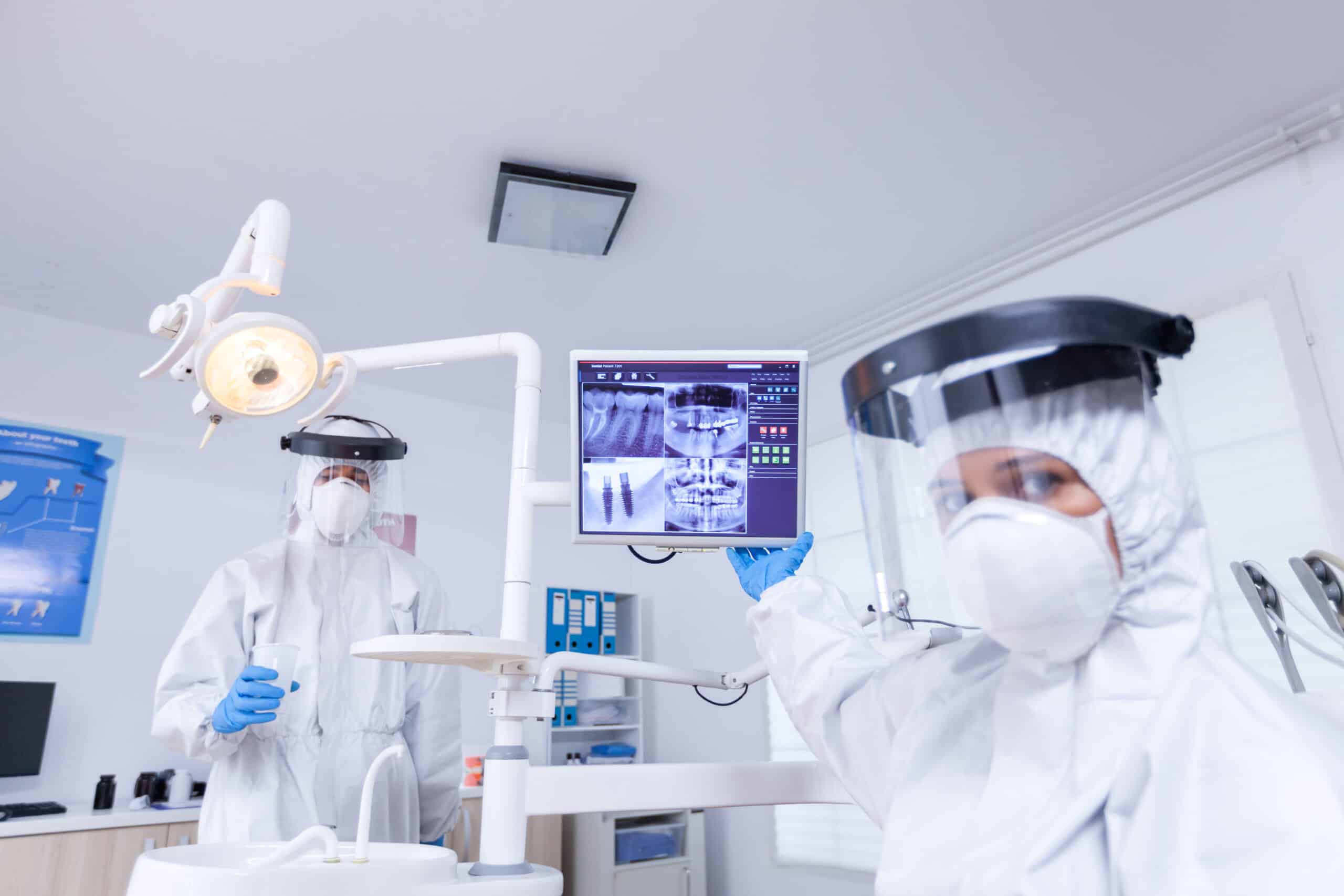
I can’t stress enough how crucial it is to choose the right dentist for you. Not only does your oral health depend on this decision, but so does your peace of mind. Here’s my take on some essential tips that’ll guide you in making an informed choice.
Firstly, let’s talk about credentials and experience. It goes without saying that the dentist should be properly licensed and certified by relevant bodies in your area or state. You can usually find this information online or directly at their clinic – don’t hesitate to ask! Additionally, years of practice often translates into expertise and better handling of dental emergencies.
Secondly, consider their approach towards preventive dentistry. A good dentist won’t just fix problems as they arise; they’ll be committed to helping you prevent them in the first place. Look out for those who emphasize regular check-ups, cleanings, x-rays and provide advice on maintaining good oral hygiene at home.
Next up is sterilization practices – a major factor when considering safety measures! Every dental procedure involves close contact with oral tissues which makes sterilization paramount for preventing infection transmission between patients or even from staff members themselves!
Also remember:
- Dental offices should have clear protocols regarding instrument cleaning
- The treatment room should appear clean
- Staff members must always wear gloves during procedures
Lastly but certainly not least – patient reviews play a significant role too! I’d suggest browsing through multiple sources like Google Reviews or Yelp before settling down with one particular dentist.
Choosing the right healthcare professionals shouldn’t feel like rocket science if we’re equipped with appropriate knowledge and guidelines – same goes when picking a safe dentist!
Conclusion: Balancing Oral Health with Safety Precactions
As we wrap up, it’s important to stress that maintaining oral health should not be compromised due to safety concerns. Visiting the dentist is indeed safe. Dental offices are taking stringent precautions to ensure patient and staff safety during this pandemic era.
The CDC provides clear guidelines for dental settings, ensuring a high standard of infection control practices are in place. These include but aren’t limited to:
- Regular sanitization of surfaces.
- Use of personal protective equipment (PPE).
- Screening patients for symptoms before appointments.
Remember, oral health is vital for overall well-being. Neglecting dental issues can lead to serious complications down the line such as gum disease or tooth loss.
Therefore, don’t let fear deter you from seeking necessary dental care. Always communicate your concerns with your dentist – they’re there to help!
Keep in mind that while these measures significantly reduce risk, no environment can be 100% free from potential pathogens. Thus, personal responsibility plays a big role too – maintain good hygiene practices and follow all recommended guidelines when visiting your dentist.
In conclusion (without starting my sentence with “in conclusion”), it’s about striking a balance between maintaining our oral health and following proper safety procedures amidst ongoing global health concerns — both aspects are equally critical towards achieving optimal wellbeing!

